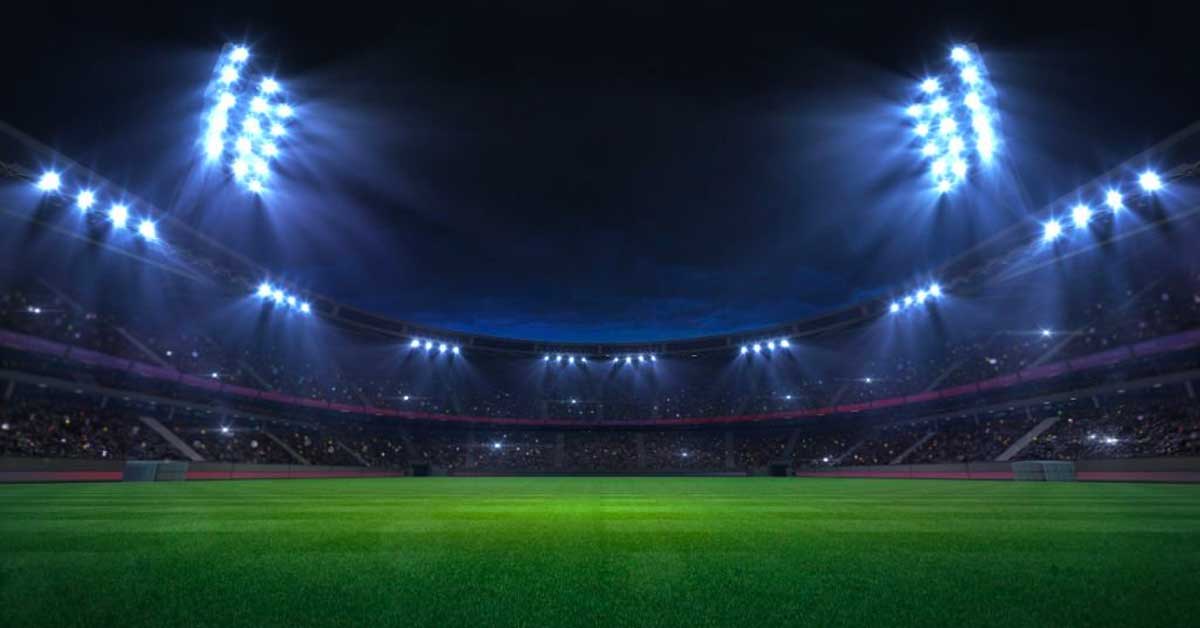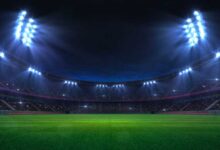
Understanding Stadium Lights: Illuminating the Game
Stadium lights are essential components of modern sports facilities, providing the necessary illumination for night games and events. As sporting events often extend into the evening, effective lighting systems ensure that players, officials, and spectators can enjoy the action without compromising safety or visibility. This article delves into the different types of stadium lights, their benefits, and technological advancements in lighting solutions.
Table of Contents
Types of Stadium Lights
Stadium lights come in various types, each designed to meet specific needs and conditions. The most common types include:
- Metal Halide Lights: Traditionally used in stadiums, these lights offer excellent color rendering and brightness. They reach full brightness quickly but can take time to cool down after being turned off.
- LED Lights: Increasingly popular due to their energy efficiency and longevity, LED stadium lights provide bright illumination with minimal energy consumption. They also have a longer lifespan compared to traditional lighting options.
- High-Pressure Sodium (HPS) Lights: Known for their yellowish hue, HPS lights are often used in outdoor settings. While they are energy-efficient, their color rendering is not as effective as that of metal halide or LED lights.
- Fluorescent Lights: Less common in stadiums, fluorescent lights are suitable for smaller venues or training facilities due to their lower intensity and brightness.
Each type of stadium light has its advantages and disadvantages, making it crucial for facility managers to choose the right lighting system based on specific requirements.
Benefits of Stadium Lighting
The importance of proper stadium lighting cannot be overstated. Here are some key benefits:
- Enhanced Visibility: Good lighting ensures that players can see the ball and each other clearly, reducing the risk of accidents and injuries during play.
- Improved Spectator Experience: Bright and well-distributed lighting enhances the viewing experience for fans in attendance, allowing them to enjoy the game fully.
- Extended Playtime: With adequate lighting, games can be scheduled later in the day or evening, accommodating more fans and increasing attendance.
- Television Broadcast Quality: Properly lit stadiums improve the quality of television broadcasts, making games more appealing to viewers at home. This is particularly important for sports leagues that rely on TV ratings for revenue.
- Safety: Well-lit stadiums reduce the risk of accidents not only on the field but also in surrounding areas where spectators gather before and after events.
Technological Advancements in Stadium Lighting
Recent advancements in lighting technology have transformed how stadiums illuminate their events. Some notable trends include:
- Smart Lighting Systems: These systems allow for remote control and automation of lighting schedules. Facility managers can adjust brightness levels based on the time of day or specific event requirements.
- Energy Efficiency: Modern LED lights consume significantly less energy than traditional lighting solutions. This not only reduces operational costs but also minimizes environmental impact.
- Dynamic Lighting Effects: Some stadiums incorporate dynamic lighting systems that change colors or patterns during games or events, enhancing the overall atmosphere and fan engagement.
- Solar-Powered Solutions: With a growing emphasis on sustainability, some venues are exploring solar-powered stadium lights. These systems harness renewable energy to power their lighting needs.
Conclusion
Stadium lights play a pivotal role in ensuring that sports events are safe, enjoyable, and visually appealing. As technology continues to evolve, so too do the options available for illuminating these venues. From traditional metal halide fixtures to cutting-edge LED systems with smart capabilities, facility managers have a wealth of choices at their disposal.
Investing in high-quality stadium lighting not only enhances the experience for players and fans alike but also contributes to the overall success of sporting events. As we look toward the future, embracing innovative lighting solutions will be key to creating vibrant and sustainable sports environments that cater to audiences around the globe.
In summary, whether you are a facility manager considering upgrades or a fan eager to enjoy your favorite sport under bright lights, understanding the significance of stadium lights is essential in appreciating what goes into making every game a memorable experience.








